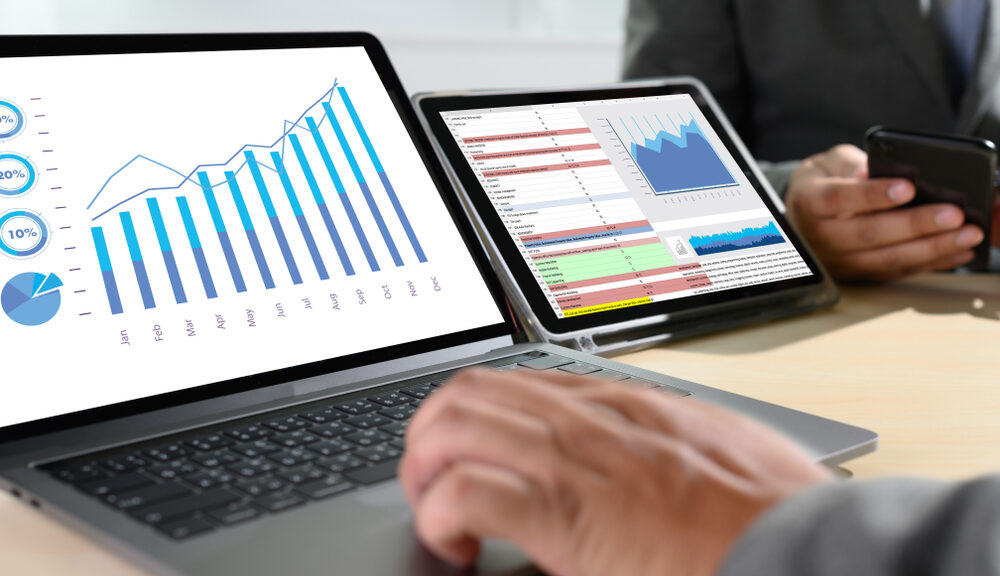Google Analytics 4 (GA4) is the latest iteration of Google’s analytics platform. This next generation of Google Analytics introduces a fresh new interface, a brand new reporting system, and powerful new features to help you unlock valuable insights about your web properties.
Here’s a brief overview of exactly what’s changing in Google Analytics 4 and how it compares to the previous version (Universal Analytics).
A new kind of web property
Before GA4, Analytics users were limited to just two kinds of properties. They could use Universal Analytics to measure and analyze their website activity and Google Analytics for Firebase to measure mobile app activity.
Google Analytics 4 has brought both of these properties together. You can use it to collect data about both your website and your app. This means you can combine all of this data in one unified interface and attain insights about user journeys across all of your different platforms.
Event-based data model
The latest generation of Google Analytics introduces a new way of collecting and processing data.
GA4 no longer measures data using a session-based model like Universal Analytics, which groups user interactions within a given amount of time. Instead, it follows an event-based model, which tracks each user’s interaction as an individual event.
The advantage of tracking events rather than sessions (page views) is that it enables you to collect data that more fully specifies your users’ actions and provides more context to the event. For example, rather than just tracking visits to specific URLs, you can gather information on things like the value of individual purchases.
Better reporting
Another one of the biggest differences between GA4 and Universal Analytics is the way reports are organized.
Google has reorganized its reports and added some new additions to organize them around the customer lifecycle.
Marketers can now drill down into the reports to get more detailed information about specific aspects of the customer journey. For example, they can use the engagement and retention reports to determine the actions customers take on your website and whether or not they stick around after converting.
The new reports also give you a more in-depth overview of cross-device and cross-platform user behavior.
AI-powered insights
Universal Analytics only offered limited automation features. However, Google Analytics 4 utilizes machine learning throughout to automate, improve, and facilitate insights discovery.
The power of Google’s machine learning reduces friction and makes it easy to get the most value from your data.
Track user journeys across devices
Modern users don’t just interact with websites and apps on one platform – they often switch between different devices. For example, they may open a website on their phone initially while they’re at work, and then when they get home, open the same website on their desktop computer.
The latest generation of Google Analytics has been built with this in mind. It can deduplicate users across different devices, measuring a single user journey across devices, rather than treating each session as a brand new user. This can help with reporting and ad targeting.




